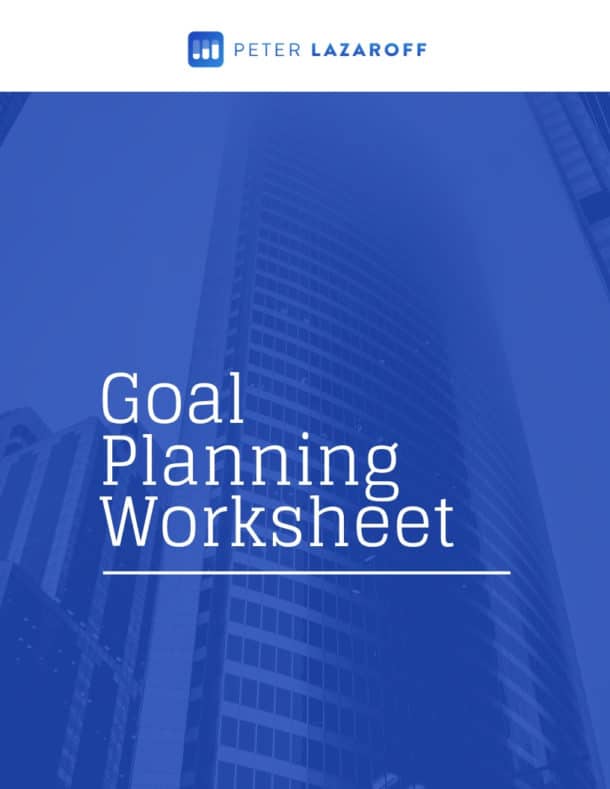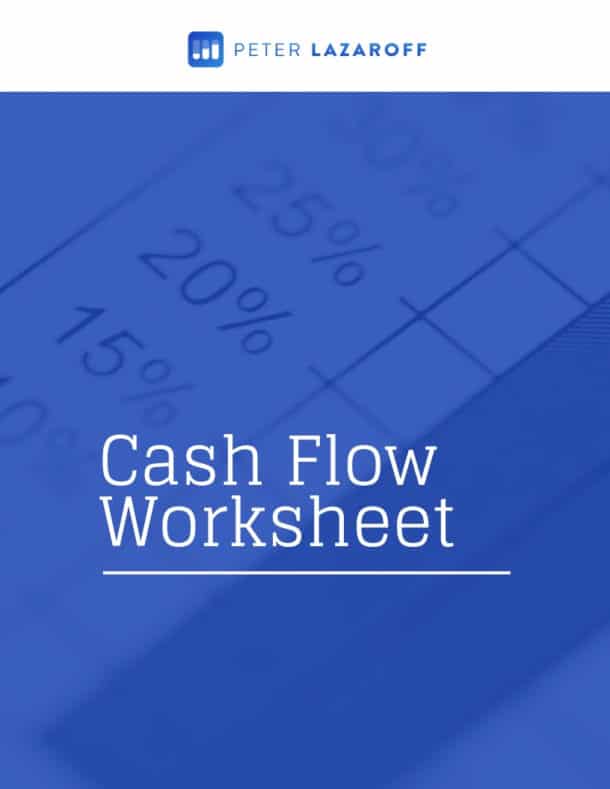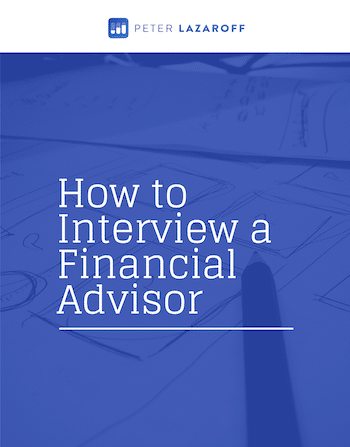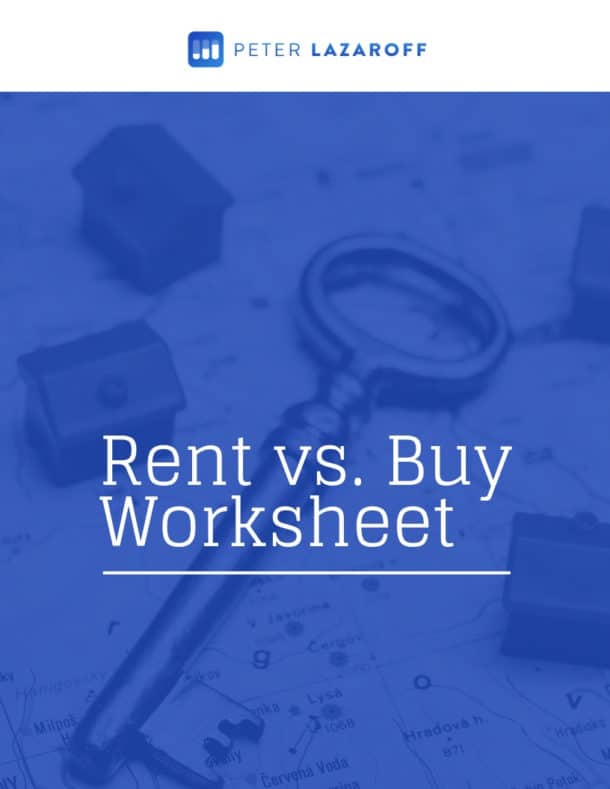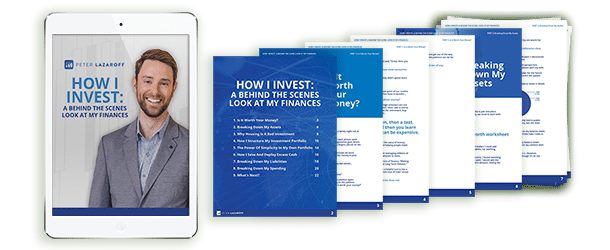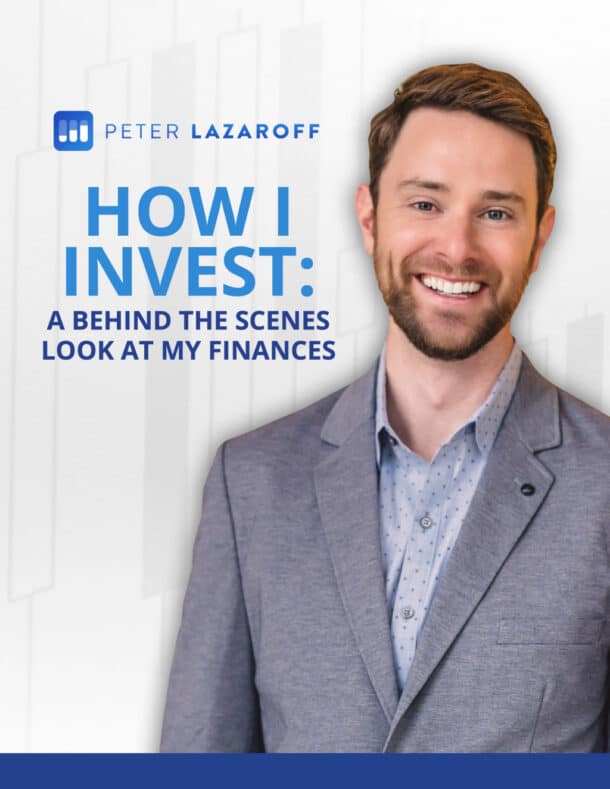Listen Now
Show Notes
I’d like to start today’s episode by journeying back to ancient Greece to the heart of Phrygia, where there lived a king named Midas.
King Midas was known not only for his wealth and power but also for his insatiable desire for more. Midas believed that true happiness and security could only be found in the shimmering allure of gold.
One day, Dionysus, the god of wine and revelry, offered Midas a wish as a reward for his kindness. Blinded by his greed, Midas wished that everything he touched would turn to gold. At first, this seemed like the ultimate boon. Leaves, stones, and objects around him all gleamed with the richness of solid gold.
But soon, the dark side of his wish became apparent. The food and drink he touched turned to inanimate gold, leaving him starving. The flowers in his garden lost their color and fragrance, replaced by the cold, hard sheen of metal. The final, heart-wrenching blow came when he embraced his beloved daughter, only to see her transform into a golden statue, devoid of life.
Midas had wished for wealth, but what he received was a life stripped of joy, sustenance, and love.
This time of year, many set financial resolutions hoping to find security and happiness in wealth. We strive for higher salaries, larger portfolios, and bigger savings accounts. But Midas’ lesson is clear – wealth, in its purest form, is not an end, but a means to an end.
In this episode, we will explore setting financial goals that transcend mere numbers. We’ll discuss how to create a balance where financial success coexists with life’s true joys – nourishing relationships, enriching experiences, and personal growth.
By the end of this episode, I hope to inspire you to create a New Year’s resolution that enhances your holistic wealth. I’d love to hear about it, so please leave a review for this episode in your podcast app. Or, reply to my next email, which comes out every other Wednesday.
Sign up for my newsletter so you can easily reply to my emails here:
Setting Meaningful Financial Goals
When we talk about financial resolutions, it’s crucial to understand that true wealth transcends the confines of bank statements and material possessions. Think about the richest moments of your life. Chances are, they weren’t when you earned the most money but when you felt a deep connection with others, achieved something meaningful, or experienced profound joy.
Achieving this type holistic wealth requires making decisions that balance securing your future with living fully today.
The first step in setting meaningful financial goals is to look beyond the numbers. It’s easy to get caught up in saving a certain amount, earning a specific income, or reaching a particular net worth. But what do these numbers represent? They are tools, means to an end.
What is your “why?” Is it the peace of mind that comes with financial security, the joy of being debt-free, or the satisfaction of knowing you can retire comfortably? Think about the life you want to lead and how your financial goals can facilitate that life. It’s not just about having a certain amount in your retirement account; it’s about what that amount enables you to do – pursue hobbies, spend time with loved ones, travel, or simply enjoy the peace of knowing you’re financially secure.
Setting meaningful financial goals requires a long-term vision. It’s about looking beyond the immediate horizon and planning for the future. This doesn’t mean sacrificing present happiness for future security; rather, it’s about finding a balance. Your financial planning should include short-term goals that bring immediate joy and satisfaction, as well as long-term goals that ensure your future well-being.
If you’d like some help, you can download my Goal Planning Guide that takes you step-by-step through the same short-term, intermediate-term, and long-term goal setting exercise I use myself.
But this is also one of the most underappreciated things a real financial advisor can help you more clearly define. I like to think a real financial advisor (something that spoke with Carl Richards about at length in Episode 100) as being the ghost-writer for the story you want to live.
Achieving financial independence is undoubtedly a pivotal chapter of that story, but such a story wouldn’t be captivating if it only revolved around saving and investing. A more compelling narrative would depict how you made strategic choices, choices that resonated with your vision of a fulfilling life—balancing the joys of the present with the promises of the future.
Now, think for a moment about what matters most to you.
Is it the freedom to travel, the ability to provide for your family, the opportunity to give back to your community, or the pursuit of knowledge and personal growth? Your financial goals should reflect these values, serving as stepping stones towards a life that resonates with your deepest beliefs and aspirations.
For instance, if family is central to your life, your financial goals might include saving for your children’s education or planning family vacations that create lasting memories. If personal growth is your priority, consider setting aside funds for courses or experiences that enrich your understanding of the world.
Mindful Spending and Investing
Once you have set meaningful financial goals, the next step is to align your spending and investing with them. Mindful spending and investing are not just about being frugal or seeking the highest returns; it’s about making financial choices that resonate with our values, goals, and the kind of life we aspire to lead.
The most impactful exercise on this front relates to conscious consumption, which is less about cutting back on spending and more about aligning your spending what brings you genuine joy, satisfaction, or utility.
My favorite exercise is one I’ve written about in the past in which you print off the past three months of expenses from your credit cards and score each expense as high value, medium value, or low value. If you have a significant other, then you should each score the expenses on your own and compare your answers once you’ve completed the exercise.
For expenses that you’ve ranked as “low value,” you should seek to eliminate. For expenses where you and your significant other have different responses, perhaps that warrants conversation.
Other common advice for mindful spending that I like includes eliminating impulse purchases.
Eliminating impulse purchases is often easier said than done. Some people find it helpful to make a list of what you need to purchase whenever you go to any store, then don’t purchase anything else. If you feel like there’s something else you need once you’re at the store, ask if you need the item in the next week–if not, skip the purchase.
The other trick is removing all shopping apps from your phone. It’s never been easier to buy online, so removing the temptation all together can be easier than simply trying to resist.
Read More: Spending Too Much? Here’s What to Do
Another way to make your spending more aligned with a set of meaningful financial goals is making certain expenditures an investment in yourself.
For example, investing in something that frees up time for you to grow a business, spend time with family, or enjoy a hobby can greatly enhance the quality of our lives. Or investing in your personal development by hiring a personal trainer or executive coach. Investing in yourself is as simple as understanding when the benefits from an investment are worth the resources at stake.
By practicing mindful spending and investing, it becomes easier to see how our financial decisions have the potential to shape our lives and influence our happiness.
Integrating Wealth with Life’s Purpose
As you move forward into this New Year, I encourage you to reflect on what wealth means to you. Think about how your financial decisions can align with your life’s purpose and how each choice can contribute to a rich, fulfilling life. Set goals that are not just about numbers, but about what those numbers will enable you to do, to experience, and to share.
As we wrap up today’s episode, I want to express my sincere gratitude for joining me in this exploration of financial well-being and life balance. Your presence and engagement are what make this conversation truly special.
Before signing off, though, I have a small yet significant request. If today’s discussion sparked any thoughts, insights, or revelations for you, please consider leaving a review on Apple Podcasts.
Your feedback is incredibly important because it helps me identify what topics, stories, and discussions are most useful and meaningful to my audience. This, in turn, allows me to continually improve the quality of the show, ensuring that each episode brings value, insight, and enrichment to your life.
Every comment, every piece of feedback contributes significantly to enhancing the show’s visibility, allowing us to reach and inspire more individuals like yourself. By sharing your experience and insights, you’re not just supporting this podcast – you’re actively shaping its future, helping us create content that truly matters to you and our growing community.
So, if you could spare a moment to leave a review on Apple Podcasts, it would be immensely appreciated. Your honest thoughts and constructive feedback are invaluable in our mission to bring you the most relevant and enriching content possible.
Thank you once again for your time, for your engagement, and for considering this request.
Until next time, here’s to a year of mindful financial decisions, meaningful goals, and a life richly lived.
Resources:
- Goal Planning Guide
- Episode 100: Carl Richards on “What Real Financial Advice Means”
- Spending Too Much? Here’s What to Do
The Long Term Investor is edited by the team at The Podcast Consultant
Submit Your Question For the Podcast
Do you have a financial or investing question you want answered? Submit your question through the “Ask Me Anything” form at the bottom of my podcast page.
Support the Show
Thank you for being a listener to The Long Term Investor Podcast. If you’d like to help spread the word and help other listeners find the show, please click here to leave a review.
I read every single one and appreciate you taking the time to let me know what you think.
Free Financial Assessment
Do you want to make smart decisions with your money? Discover your biggest opportunities in just a few questions with my Financial Wellness Assessment.










